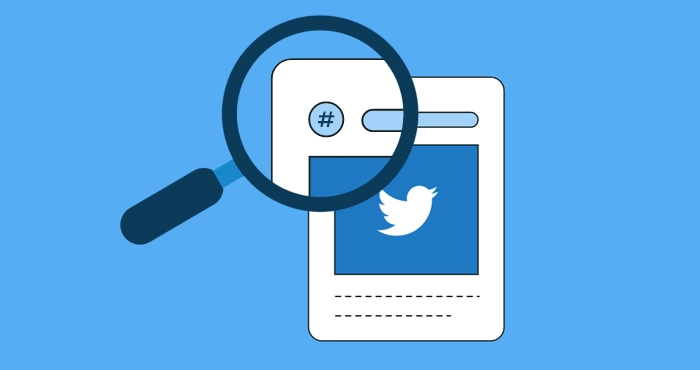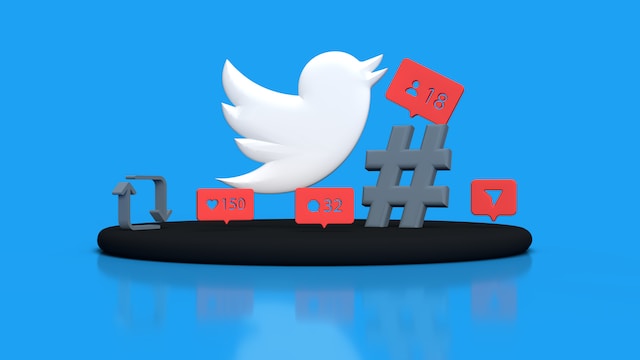Hashtags have become an essential part of social media marketing, especially on platforms like Twitter. They help categorize content, increase visibility, and boost engagement. But do hashtags truly enhance Twitter advertising campaigns? Let’s explore their role, effectiveness, and best practices.
Understanding Hashtags in Twitter Advertising
Hashtags act as keywords or phrases preceded by the # symbol, allowing tweets to be grouped under common topics. When users search for or click on a hashtag, they find all tweets related to that subject. This makes hashtags a powerful tool for brands aiming to improve reach and engagement on Twitter.
In advertising, hashtags help campaigns gain traction, attract the right audience, and encourage discussions. They also make it easier to track performance and user participation in brand-related conversations.
Do Hashtags Improve Ad Performance?
Using hashtags in Twitter ads can be a double-edged sword. While they increase discoverability and engagement, overuse or irrelevant tagging can dilute a message. According to studies, tweets with one or two relevant hashtags receive higher engagement than those overloaded with multiple tags. However, Twitter’s own data suggests that including a hashtag in promoted tweets can sometimes divert attention away from the ad’s call to action (CTA). Therefore, strategic placement of hashtags is crucial.
Best Practices for Using Hashtags in Twitter Advertising
Keep It Relevant – Ensure that the hashtag aligns with the campaign’s goal and target audience. Avoid generic or overused tags that don’t add value.
Limit the Number – Using one or two effective hashtags is better than stuffing a tweet with multiple irrelevant ones. Too many hashtags can make the tweet look spammy.
Use Branded Hashtags – Creating a unique, branded hashtag helps build brand identity and track user-generated content related to the campaign.
Leverage Trending Hashtags – If a trending hashtag aligns with your campaign, incorporating it can increase visibility. However, ensure it fits naturally into the message.
Analyze Performance – Regularly monitor hashtag performance using analytics tools. This helps in understanding audience response and refining strategies.
When to Avoid Hashtags in Twitter Ads
While hashtags boost engagement, there are times when avoiding them can be beneficial. If an ad’s primary goal is to drive traffic to a website, excessive hashtags may lead users to explore Twitter rather than clicking the intended link. In such cases, focusing on compelling ad copy and strong visuals may yield better results.
The Future of Hashtags in Twitter Advertising
With evolving algorithms and user behavior, hashtags remain relevant but require a thoughtful approach. Twitter continues to refine its advertising features, and while hashtags enhance organic reach, their impact on paid promotions depends on strategic usage.
For businesses looking to optimize Twitter ad campaigns, balancing hashtag usage with strong messaging and audience targeting is key. When used wisely, hashtags can complement advertising efforts and improve overall campaign performance.
Conclusion
Hashtags in Twitter advertising can be powerful if used strategically. They enhance discoverability, drive engagement, and support brand campaigns. However, understanding when and how to use them is crucial for maximizing their impact. By following best practices, businesses can effectively leverage hashtags to boost Twitter marketing efforts. To get in touch with INDIDIGITAL TEAM, contact at +91-9971778006, email us- contact@indidigital.com. Visit our website Indidigital or twitter advertising agency you can also contact us on our Facebook handles.



